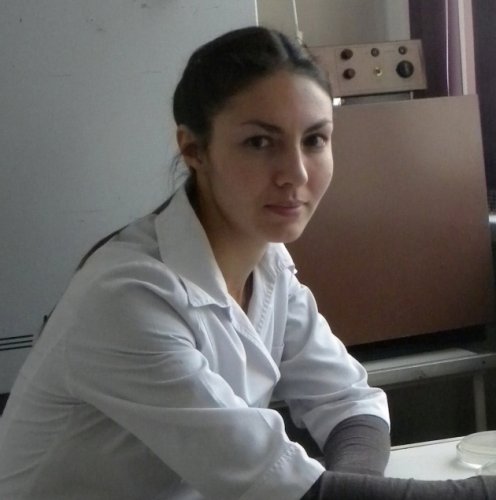Infectious Microbiology

Reactions of the retarded type are observed in brucellosis, tuberculosis, tularemia, toxoplasmosis, ornitosis, as well as in various mushroom and parasitic diseases. The body ' s sensitivity to the antigens of the instigator has been exacerbated during the disease and a long time after healing, gradually weakening. For some infections (tuberculosis, bracellia, tulary) it may be maintained up to 10 years. The increased sensitivity of the organism can be detected when special diagnostics of allergens are introduced. These allergens use antigens of microbes obtained by various methods; microbe filters, theirsates; crops killed by heating or chemical, polysaharid and other antigen fractions. Allergen drives subcutaneous, incut, skin and slimy casings. If a person is sensitive to this allergen,
Reactions are used in the diagnosis of many infectious diseases. This allergic. Diagnostic method Tuberculosis (Pirke ' s test - Tuberculin leaning and Manto ' s sample - internal tuberculin introduction, tularemia, brucelesis (Burne test), toxoplasmosis, ornitosis, mushroom and protosis diseases. Allergens are called tuberculin, brucellin, tularine, toxoplasmine. For diagnosing infectious disease, nacine and intracine allergic samples are usually used. The glazing with the malein is used to detect an insymptom sap in the horses. |








